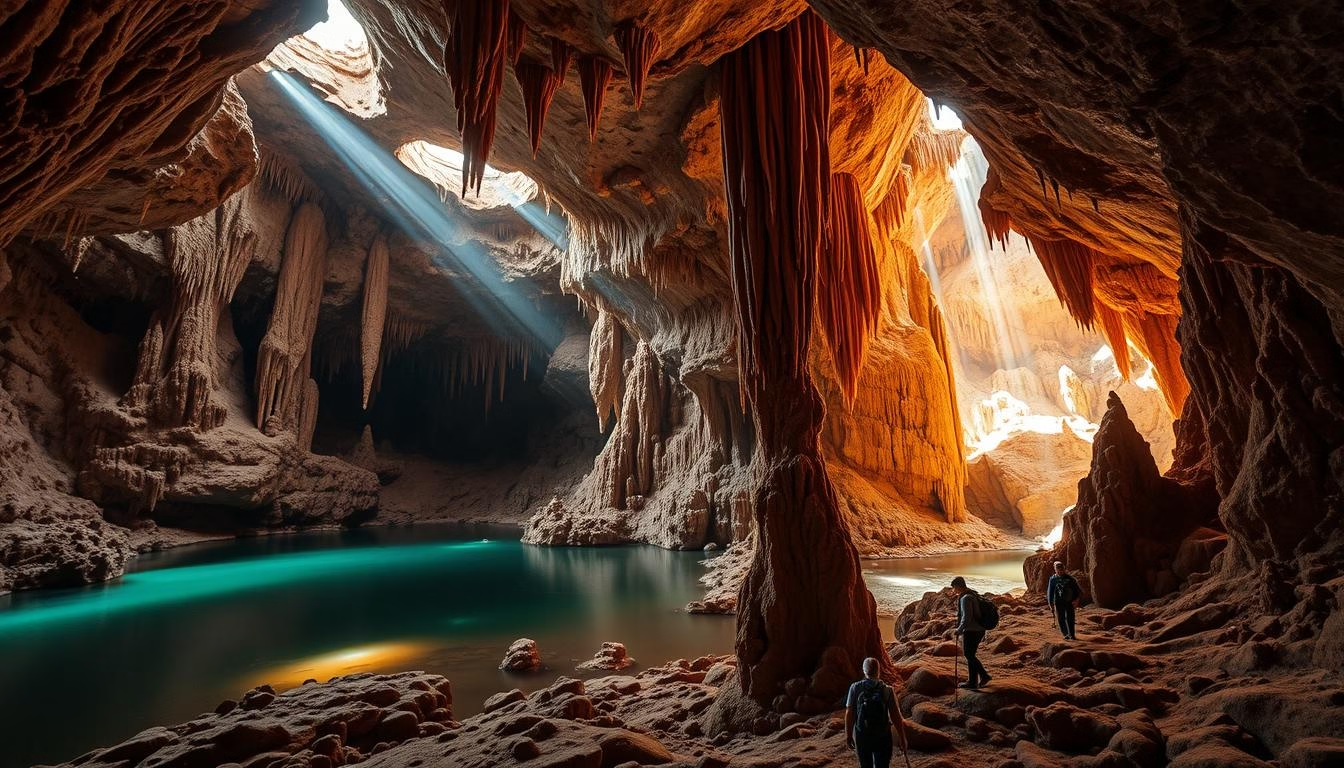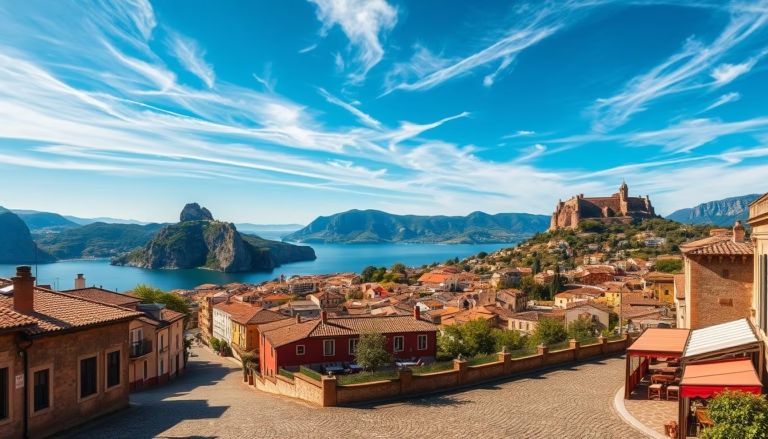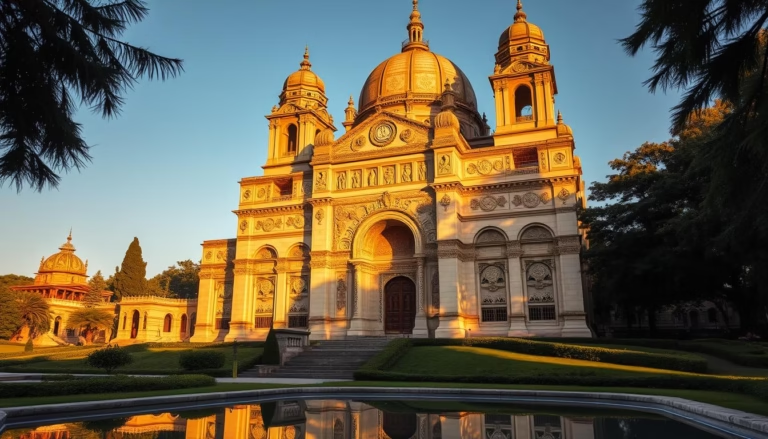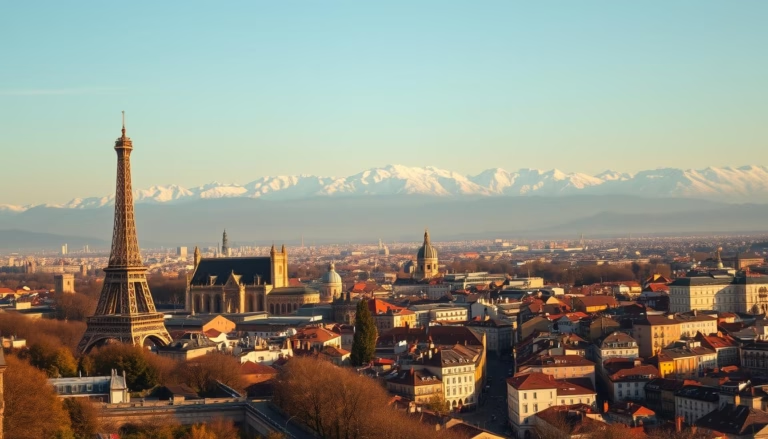Discover Famous Underground Caves in the World Today
For centuries, natural caverns have shaped human history as places of mystery and meaning. These hidden spaces served as shelters, spiritual hubs, and artistic galleries long before modern exploration. Today, they reveal stunning geological formations alongside ancient carvings and paintings that whisper stories of vanished civilizations.
From glittering limestone chambers to water-carved tunnels, these subterranean wonders showcase Earth’s raw creativity. Some feature glowworm-lit ceilings or pools so clear they mirror rock formations above. Others hold sacred statues and symbols etched by cultures honoring deities or mythical tales.
Modern adventurers can walk paths once reserved for rituals or meditation. Imagine standing where Greek heroes were celebrated or Hindu traditions took shape. These sites blend science and spirituality, offering glimpses into how humans interacted with nature’s artistry.
Key Takeaways
- Subterranean systems have served as cultural and religious sites for thousands of years
- Geological wonders range from crystal-clear pools to bioluminescent ceilings
- Ancient artwork and carvings reveal historical human practices
- Many locations now balance preservation with public access
- Unique ecosystems thrive in these light-controlled environments
- Modern technology helps uncover new chambers and archaeological finds
Ready to explore Earth’s most breathtaking hidden landscapes? Let’s descend into these time capsules where geology and human history collide.
Introduction to the Underground World
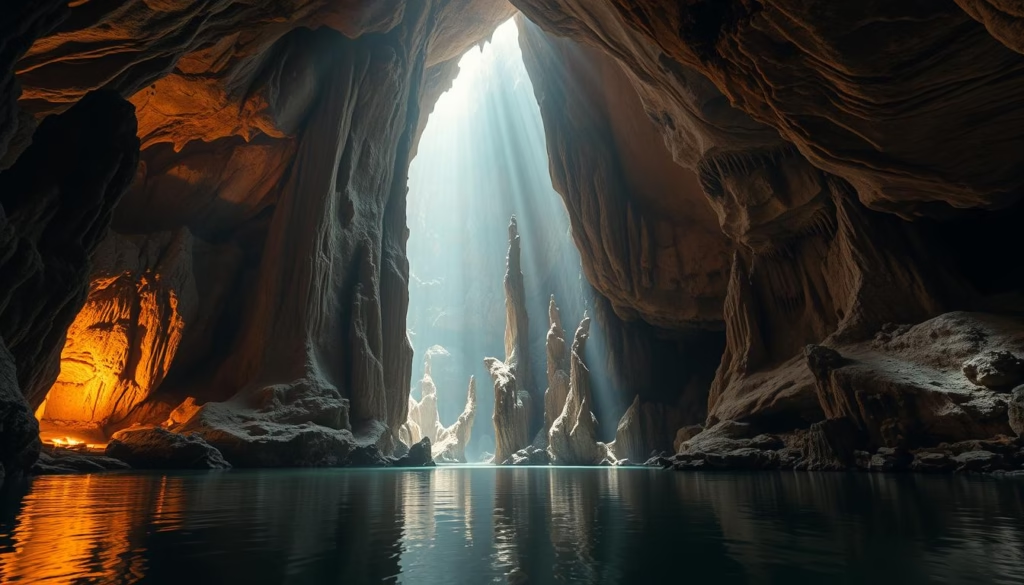
Dripping water and shifting rocks craft secret realms below Earth’s surface. These hidden spaces form through geological teamwork – acidic rainwater dissolving limestone over millennia. Some chambers took shape when dinosaurs roamed, while others began forming before forests covered the land.
| Location | Age (Million Years) | Unique Feature |
|---|---|---|
| Guilin, China | 180 | Rainbow-colored stalactites |
| Phong Nha, Vietnam | 400 | Jungle-filled sinkholes |
Life thrives here without sunlight. Pale creatures navigate using heightened senses – blind fish detect water vibrations, while translucent insects climb damp walls. These ecosystems remain unchanged for ages, preserving clues about early life forms.
Modern explorers use laser mapping and 4D photography to reveal new passages. Recent discoveries include:
- Ancient pollen samples showing climate shifts
- Mineral deposits recording earthquake patterns
- Stone tools from prehistoric settlers
These time capsules remind us how Earth’s natural wonders shape both landscapes and scientific understanding. Each visit offers fresh perspectives on our planet’s layered history.
A Closer Look at Famous Underground Caves in the World
Beneath our feet lies a hidden labyrinth shaped by time and water. These geological mazes form when acidic rainwater slowly dissolves limestone, creating vast networks over millions of years. The longest-known example stretches beneath Kentucky, where Mammoth Cave’s 412 mapped miles hint at a potential 1,000-mile complex still being explored.
Defining the Cave System
A true cave system isn’t just a single tunnel. It’s an interconnected web of chambers, rivers, and vertical shafts. Vietnam’s Son Doong showcases this perfectly – its 1.35-billion-cubic-foot volume could fit a 40-story skyscraper. These spaces often host rare ecosystems, like blind crustaceans and algae thriving in perpetual darkness.
Hallmarks of Global Recognition
What makes certain locations stand out? Scale plays a role, but unique formations seal their fame. Some feature columns taller than redwood trees or crystals glowing under UV light. Others preserve ancient artifacts, revealing how early humans used these spaces for shelter or ceremonies.
Modern technology continues uncovering new wonders. Laser scans recently revealed hidden chambers in Brazil’s Toca da Boa Vista, while 3D mapping exposed forgotten passages in New Mexico’s Carlsbad Caverns. Each discovery reminds us how much remains hidden in Earth’s rocky embrace.
Historical Significance and Cultural Worship in Caves
Humanity’s oldest temples weren’t built above ground but carved by nature below. For over 20,000 years, people have transformed rocky chambers into spaces for communion with the unseen. These natural cathedrals hosted everything from coming-of-age rituals to royal burials.
Ancient Rituals and Sacred Spaces
Echoing chambers amplified chants during spiritual ceremonies. Dark passages symbolized journeys to other realms. Archaeologists find broken pottery with deliberate holes – believed to release spirits during funeral rites.
In Sri Lanka, the Dambulla cave complex has drawn pilgrims for 22 centuries. King Valagambahu converted these chambers into golden Buddhist shrines around 1 B.C. Murals still glow with original pigments showing meditation practices.
Legendary Sites Like Actun Tunichil Muknal
Belize’s ATM cave reveals Maya spiritual practices through physical challenges. Reaching the ceremonial chamber requires swimming through chill waters and climbing limestone walls. The payoff? Seeing the “crystal maiden” skeleton glittering under headlamps.
Mineral-rich drips transformed this ancient sacrifice into a sparkling memorial over 1,000 years. Nearby, ceramic vessels bear ritual “kill holes” – proof that Maya priests aimed to free divine energies. These sites blur lines between geology and theology.
Marvels of Ancient Cave Art and Carvings
Ancient artists turned stone walls into storybooks long before paper existed. Their work survives in hidden galleries where rock becomes both canvas and sculpture. These spaces preserve humanity’s creative spark across generations.
Intricate Murals and Petroglyphs
At France’s Grotte de Font-de-Gaume, 15,000-year-old bison leap across curved walls. Artists used natural pigments to create depth – charcoal outlines make mammoths appear three-dimensional. “The cave’s curves became part of the artwork,” notes one archaeologist. “They painted horses where the ceiling dipped like rolling hills.”
In Sri Lanka’s Dambulla cave, golden Buddhas glow under painted lotus flowers. Artists worked with the uneven surfaces, turning bumps into cloud shapes and cracks into tree trunks. The murals still shine after 22 centuries thanks to mineral-rich air sealing colors.
Sites Like Longmen and Elephanta
China’s Longmen complex reveals how faith shaped stone. Over 2,300 niches display Buddha statues carved during six dynasties. Each figure’s expression changes slightly – earlier ones smile softly, while later carvings show stern features.
India’s Elephanta caves tell Hindu stories through sculpture. The three-faced Shiva statue shows creation, preservation, and destruction. Fifth-century artists carved this 18-foot masterpiece from a single rock slab. Sunlight through openings makes the faces shift expressions throughout the day.
These sites prove art thrives where nature and imagination meet. Their survival reminds us that creativity leaves the deepest marks.
Exploring Mythology and Legends Associated with Caves
Stone chambers became divine theaters where ancient myths unfolded. Cultures worldwide saw rocky hollows as gateways to other realms, their shadowy depths perfect for stories of supernatural births and cosmic battles.
At Greece’s Corycian Cave, a weathered stone slab marks where Pan and nymphs received offerings. This cliffside sanctuary on Mount Parnassus still carries whispers of flutes played for nature spirits. Visitors often pause at the entrance, imagining rituals performed under flickering torchlight.
Minoan Connections and Divine Hideouts
Crete’s landscape hides over 3,000 sacred spaces where Minoans honored powerful deities. The Dikteon Cave’s dripping chambers supposedly echoed with baby Zeus’ first cries, while nearby Idaian Cave sheltered him from Cronus’ wrath. These sites became pilgrimage destinations, their natural acoustics amplifying chants to mother-earth goddess Rhea.
What made these locations sacred? Ancient Greeks believed water-worn passages symbolized life’s cycles. Echoing chambers mimicked divine voices, while hidden entrances in steep cliffs suggested portals to the gods’ world. Modern explorers of mythical caves of the Greek Isles still feel this mystical pull – cold drafts seem like breath from forgotten deities.
These legends remind us how geology shaped belief systems. Every stalactite could be a petrified nymph, every underground pool a mirror to Olympus. The stories endure because they make Earth’s artistry part of humanity’s oldest narratives.
Religious and Spiritual Sanctuaries Within Caves
Stone chambers have long served as sacred spaces where believers connect with the divine. These natural sanctuaries combine isolation with awe-inspiring geology, creating perfect settings for spiritual encounters that span millennia.
Where Faith Meets Geology
Malta’s St. Paul’s Grotto reveals how hardship breeds holiness. When shipwrecked in A.D. 60, the apostle reportedly healed locals here – including surviving a venomous snakebite. The tiny cave now draws pilgrims seeking healing, its walls darkened by centuries of candle smoke.
| Site | Key Feature | Spiritual Significance |
|---|---|---|
| St. Michael’s Shrine (Italy) | Angel’s footprint in stone | Apparition site since A.D. 490 |
| Sof Omar Caves (Ethiopia) | Natural mosque formations | 12th-century Islamic refuge |
| St. Paul’s Grotto (Malta) | Miraculous healing site | Early Christian pilgrimage |
Italy’s Monte Sant’Angelo holds a dramatic entrance to St. Michael’s Shrine. According to legend, the archangel left a red altar cloth and permanent footprint here. Visitors descend 86 steps into the mountain, passing through a natural opening that symbolizes spiritual rebirth.
Ethiopia’s Sof Omar system demonstrates nature’s architectural genius. Erosion carved cathedral-like spaces over 15 million years, creating pillars perfect for Muslim prayers. This Christian monastic traditions share this concept of sacred geology – both use natural formations to enhance worship.
Modern pilgrims report profound experiences in these spaces. Whispered prayers echo through chambers like collective hopes. Cool stone under fingertips connects visitors to 16 centuries of devotion, proving some sacred spaces need no human design.
Uncovering Geological Wonders and Natural Formations
Time and water collaborate in darkness to craft nature’s sculptures. Hidden chambers reveal delicate stone curtains and mineral pillars that took millennia to form. Each drop carries dissolved limestone, slowly building shapes that defy imagination.
Stalactites, Stalagmites, and Limestone Formations
Stalactites hang like stone icicles, growing drop by drop over centuries. Their upward-reaching cousins, stalagmites, build mineral towers from cave floors. When these formations meet, they create sturdy columns that seem to hold up entire chambers.
China’s Reed Flute Cave shows water’s artistic power. A 180-million-year-old river carved its 787-foot limestone passageway. Rainbow-hued stalactites glow under lights, their colors from iron and copper deposits. Virginia’s Luray Caverns stun visitors with Dream Lake – a mirror-still pool doubling stalactite reflections.
Vietnam’s Son Doong system holds record-breaking features. Dripping water crafted stalagmites taller than oak trees over 400 million years. Some resemble frozen waterfalls, while others twist like melted candles. These rock formations grow at human-perceptible rates – about one inch every 120 years.
Mineral-rich water paints caves in unexpected ways. Delicate “soda straws” form where droplets linger before falling. Flowstone sheets look like spilled cake batter hardening mid-pour. Each shape tells a story of patience, with nature as both sculptor and canvas.
Modern Discoveries and Tourism Adventures in Caverns
Today’s explorers swap headlamps for guided walks through illuminated chambers. Cutting-edge infrastructure now lets millions witness nature’s hidden artistry safely. Luray Caverns exemplifies this shift – its 10-story complex welcomes visitors with wheelchair-friendly paths and dramatic lighting that highlights crystal formations.
Rediscovered Wonders, Reimagined Access
Reed Flute Cave’s modern story began in wartime. Locals seeking shelter in 1942 found ancient Tang Dynasty poems etched into rainbow-hued walls. Guides now share these inscriptions alongside tales of geological forces that shaped the chambers over 180 million years.
Mammoth Cave’s ranger-led tours reveal new findings yearly. Recent discoveries include Civil War-era signatures and rare eyeless fish species. Its UNESCO status ensures preservation while allowing visitors to walk through 412 mapped miles of history.
These sites prove adventure thrives alongside conservation. Modern tours blend education with awe – where every stalactite tells a story, and every visitor becomes part of the cave’s evolving legacy.
